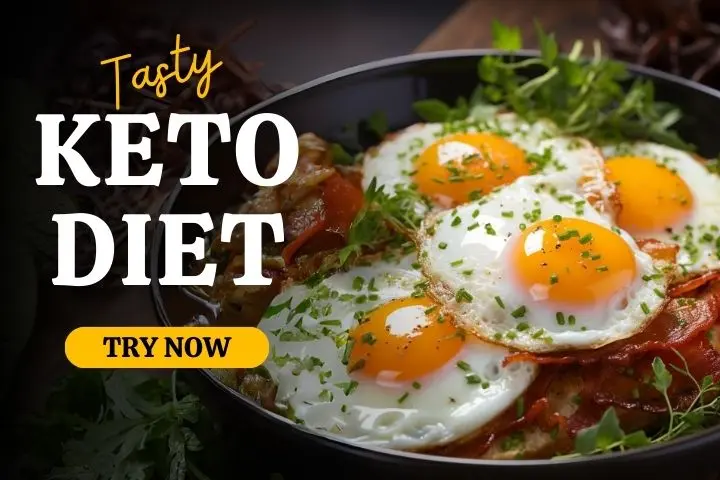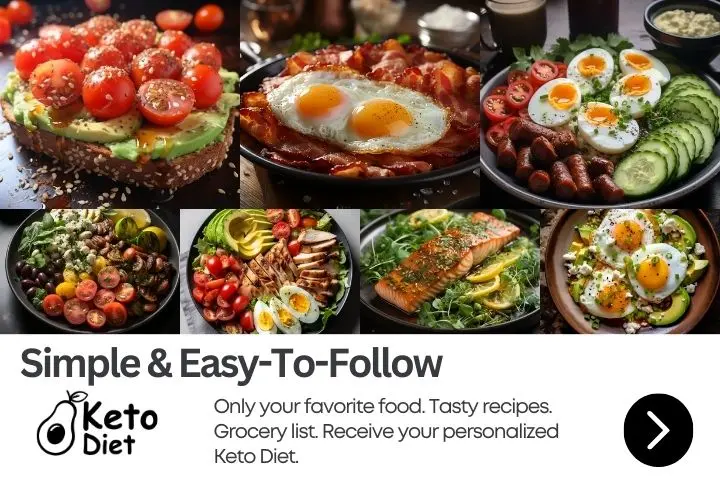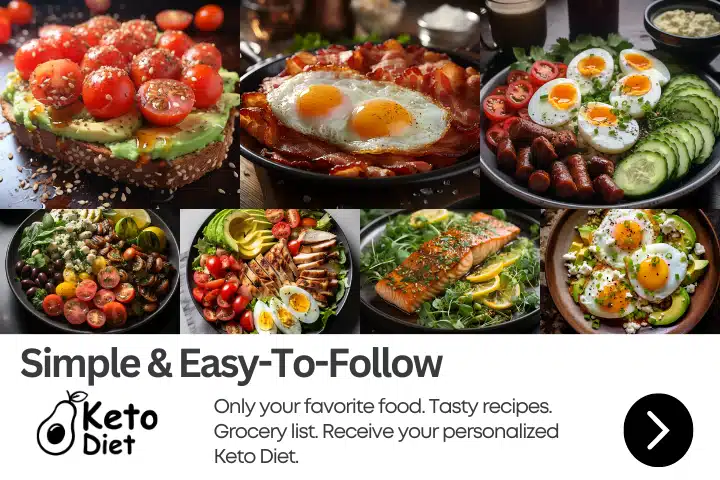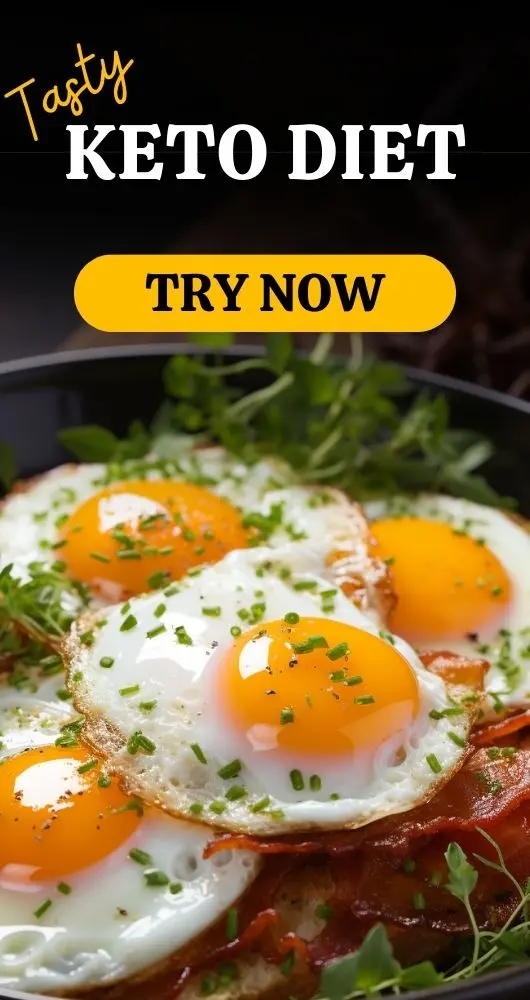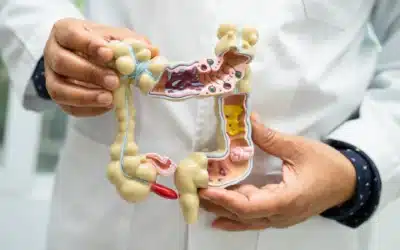The ketogenic diet, commonly known as ‘keto,’ has surged in popularity as a lifestyle choice for many health-conscious individuals. At its core, keto is more than just a diet; it’s a transformative approach to wellness that reconfigures your body’s fuel source. Traditionally, our bodies rely on carbohydrates for energy. However, the keto diet flips this norm, focusing on fats as the primary energy source, leading to a state known as ketosis.
Ketosis occurs when the body, deprived of its usual carbohydrate-based energy, begins to break down stored fats, resulting in the production of ketone bodies. This metabolic state is not only effective for weight loss but also offers numerous health benefits, including improved brain function and stabilized blood sugar levels.
Despite its current trendiness, the origins of the keto diet are medicinal, dating back to the 1920s as a treatment for epilepsy. Today, its applications have broadened, attracting individuals seeking a healthier lifestyle. This article dives deep into the world of keto, demystifying the science behind it, exploring its health benefits, and providing practical tips for those embarking on this dietary journey.
As we journey through the nuances of the ketogenic lifestyle, from understanding the basic principles to embracing its long-term benefits, this guide aims to provide a comprehensive understanding and practical advice for anyone looking to unlock the power of keto.
Introduction to Keto: Explaining the Basics and Science Behind Ketosis
The ketogenic diet, or keto for short, has become a buzzword in the health and wellness community, but what exactly is it? At its core, keto is a high-fat, moderate-protein, and low-carbohydrate diet. This unique macronutrient distribution is designed to shift your body’s primary energy source from carbohydrates to fats. This shift leads to a metabolic state called ketosis, which is the cornerstone of the keto diet.
The Mechanism of Ketosis
Ketosis is a natural metabolic state. It occurs when your body doesn’t have enough carbohydrates to burn for energy and instead burns fat, producing ketones, which it can use as an alternative fuel source. The standard dietary approach to achieve this involves consuming 70-80% of your calories from fats, about 10-20% from proteins, and less than 10% from carbohydrates.
When you significantly reduce your carbohydrate intake, your body depletes its glycogen (stored glucose) reserves. Since glucose is the primary energy source for many cells in the body, particularly in the brain, the body looks for an alternative energy source, which is where fats come in. The liver starts converting fats into fatty acids and ketone bodies. The ketone bodies then replace glucose as the primary energy source for the brain and other bodily functions.

The Science Behind Ketosis
Entering ketosis is not instantaneous. It typically takes several days of following the low-carb, high-fat diet for the body to make this metabolic switch. The presence and level of ketones in your body can be measured in your blood, urine, or breath.
The science of ketosis is grounded in its ability to alter the way your body processes energy. By relying on fat for energy, your body becomes incredibly efficient at burning stored fat for fuel. This is one reason why the keto diet is often associated with weight loss.
Benefits Beyond Weight Loss
While weight loss is a significant benefit, ketosis has other potential health advantages. These include improved mental clarity and focus, as ketones are a more consistent energy source than the glucose spikes from high-carb meals. It’s also been suggested that ketosis can help control blood sugar levels, which is beneficial for individuals with diabetes.
Keto Adaptation: The Transition Period
The initial transition to ketosis can be challenging. Commonly referred to as the “keto flu,” this period is characterized by symptoms like fatigue, headache, dizziness, irritability, nausea, and muscle soreness. These symptoms are temporary and usually subside within a week as the body adapts to burning fat for fuel.
In conclusion, understanding the basics and science behind ketosis is crucial for anyone considering the keto diet. It’s a lifestyle that goes beyond mere weight loss, offering profound changes in how your body processes energy. By tapping into the power of ketosis, the keto diet offers a path to improved health and well-being.
Health Benefits of the Keto Diet: How It Can Transform Your Well-being
The ketogenic diet, while renowned for its weight loss efficacy, offers a plethora of health benefits that can significantly transform your overall well-being. This high-fat, low-carbohydrate diet affects your body in various positive ways, from enhancing brain function to improving heart health.
Enhanced Weight Loss
One of the most noticeable benefits of the keto diet is accelerated weight loss. By switching the body’s primary energy source from carbohydrates to fats, the diet efficiently burns body fat. This process, combined with reduced appetite due to higher fat consumption, makes it easier to maintain a calorie deficit, essential for weight loss.
Improved Brain Function
Ketones, produced during ketosis, are a more efficient energy source for the brain than glucose. This efficiency can lead to enhanced cognitive functions, such as improved focus, concentration, and even potential protective effects against neurological diseases like Alzheimer’s and Parkinson’s.
Better Blood Sugar Control
The keto diet’s low carbohydrate content naturally leads to lower blood sugar levels and improved insulin sensitivity. This aspect of the diet can be particularly beneficial for individuals with type 2 diabetes or those at risk of developing the condition, as it helps regulate blood sugar levels.
Enhanced Heart Health
While it may seem counterintuitive, the high-fat nature of the keto diet can improve heart health. When the diet is followed correctly, with a focus on healthy fats, it can lead to a decrease in bad cholesterol (LDL) and an increase in good cholesterol (HDL). These changes can lower the risk of heart disease.
Reduced Inflammation and Improved Gut Health
The reduction of carbohydrate intake on a keto diet can lead to decreased inflammation in the body. This can alleviate symptoms of chronic inflammatory conditions like arthritis. Additionally, a well-planned keto diet can promote a healthier gut microbiome, which is crucial for overall health.
In summary, the keto diet offers a diverse range of health benefits that extend far beyond simple weight loss. From boosting brain health to improving heart function and reducing inflammation, the ketogenic lifestyle presents a holistic approach to health and well-being. It’s important, however, to approach this diet with a focus on high-quality, nutritious foods to harness these benefits fully.
Starting Your Keto Journey: Practical Tips for Beginners
Embarking on the keto journey can be both exciting and daunting. To make this transition smoother and more effective, here are some practical tips for beginners:
1. Understand Your Macros
Understanding the macronutrient distribution is crucial in a ketogenic diet. Typically, your daily intake should comprise approximately 70-80% fats, 10-20% protein, and less than 10% carbohydrates. Use a macro calculator to personalize these percentages based on your body type, activity level, and goals.
2. Plan Your Meals
Planning is key to success on the keto diet. Start by clearing your pantry of high-carb items and stocking up on keto-friendly foods like meats, fatty fish, eggs, cheese, nuts, and low-carb vegetables. Preparing your meals in advance can help you stay on track and avoid temptation.
3. Hydrate and Replenish Electrolytes
Switching to a keto diet can cause your body to excrete more water, making hydration essential. Additionally, increasing your intake of electrolytes (sodium, potassium, magnesium) can help prevent the symptoms of the “keto flu,” such as headaches and fatigue.
4. Start Simple
Don’t overwhelm yourself with complex recipes at the beginning. Start with simple meals that focus on a good balance of fats, proteins, and low-carb vegetables. As you get more comfortable, you can experiment with more varied and complex keto recipes.
5. Listen to Your Body
Every individual’s response to the keto diet is different. Pay attention to how your body reacts and adjust accordingly. If you feel fatigued or irritable, you might need to tweak your macros or increase your intake of certain nutrients.
6. Exercise Patience
It can take time for your body to adjust to a state of ketosis. Be patient and don’t get discouraged if you don’t see immediate results. Consistency is key, and as your body adapts, you’ll start noticing the benefits.
7. Seek Support
Joining a keto community, either online or locally, can provide valuable support and resources. Sharing experiences and tips with others who are on the same journey can be incredibly motivating.
By following these tips, beginners can smoothly navigate the initial stages of their keto journey. Remember, the ketogenic diet is not just a quick fix but a lifestyle change that can lead to long-term health benefits.
Keto Recipes and Meal Planning: Delicious Ideas for Everyday Eating
Adopting a ketogenic diet doesn’t mean sacrificing flavor or variety. Here are some delicious keto-friendly recipe ideas and meal planning tips to keep your diet diverse and enjoyable:
Breakfast Ideas
- Avocado and Egg Bake: Hollow out half an avocado, crack an egg into it, and bake until the egg sets. Season with salt, pepper, and a sprinkle of cheese.
- Keto Smoothie: Blend together spinach, avocado, coconut milk, a handful of berries, and a scoop of keto-friendly protein powder for a quick and nutritious start to your day.
Lunch Ideas
- Cauliflower Rice Stir-Fry: Substitute rice with cauliflower rice, and stir-fry with your favorite vegetables and protein (chicken, shrimp, or tofu). Season with soy sauce or tamari.
- Keto Salad: Mix leafy greens with grilled chicken, bacon, avocado, cheese, and a high-fat dressing like ranch or blue cheese.
Dinner Ideas
- Zucchini Noodles with Pesto: Replace traditional pasta with zucchini noodles and toss them with homemade pesto and grilled chicken or shrimp.
- Baked Salmon with Asparagus: Season a salmon fillet with lemon, garlic, and herbs, and bake alongside asparagus for a simple yet elegant dinner.
Snacks and Desserts
- Cheese Crisps: Bake small piles of shredded cheese until crisp for a crunchy, savory snack.
- Keto Mug Cake: Mix almond flour, cocoa powder, a keto-friendly sweetener, an egg, and a bit of butter in a mug, and microwave for a quick dessert.
Meal Planning Tips
- Prepare in Bulk: Cook meals in larger batches to save time and ensure you always have keto-friendly options.
- Keep It Simple: Focus on simple recipes with few ingredients to make meal prep less daunting.
- Get Creative: Don’t be afraid to experiment with different ingredients and flavors to keep your meals interesting.
Embracing the keto diet can be a delicious adventure. With these recipes and meal planning tips, you can enjoy a variety of tasty meals while staying on track with your keto goals.
Maintaining a Keto Lifestyle: Long-Term Strategies and Common Challenges
Adopting the ketogenic diet is the first step; maintaining it long-term is where the real challenge lies. Here are strategies to sustain a keto lifestyle and navigate common challenges:

1. Set Realistic Goals
Long-term success on keto depends on setting achievable goals. Whether it’s weight loss, improved health, or increased energy, having clear objectives helps you stay motivated and on track.
2. Variety is Key
Eating the same meals can lead to boredom and temptation. Keep your diet interesting by trying new recipes and experimenting with different keto-friendly foods.
3. Listen to Your Body
Your body’s needs can change over time. Pay attention to how different foods and eating patterns affect you. Adjust your diet accordingly to ensure it remains effective and enjoyable.
4. Be Prepared for Social Situations
Eating out or attending social events can be challenging on keto. Plan ahead by checking menus, bringing your own food, or eating beforehand to avoid non-keto options.
The Keto diet offers a scientifically proven method to shed excess body fat while enjoying delicious, satisfying meals. Thanks to its focus on high-fat, low-carb eating, the diet increases energy levels, improves mental clarity, and a more stable appetite.
5. Manage Keto Flu and Other Side Effects
If you experience the keto flu or other side effects, don’t be discouraged. These are often temporary. Stay hydrated, replenish electrolytes, and ensure adequate nutrient intake to mitigate these effects.
6. Regular Monitoring and Adjustment
Regularly monitor your progress and be open to adjusting your diet. This could mean altering your macronutrient ratios, caloric intake, or meal timing based on your ongoing needs and goals.
7. Find a Support System
Having a support system, whether it’s friends, family, or online communities, can provide motivation, accountability, and valuable advice.
Maintaining a keto lifestyle is about more than just following a diet; it’s about creating a sustainable, healthy way of living. By implementing these strategies, you can overcome challenges and enjoy the long-term benefits of keto.
Conclusion: Embracing the Keto Lifestyle for a Healthier You
The ketogenic diet is more than a dietary trend; it’s a pathway to a healthier lifestyle. Throughout this guide, we’ve explored the fundamental principles of keto, its numerous health benefits, practical tips for beginners, delicious meal ideas, and strategies for long-term adherence. Whether your goal is weight loss, improved health, or enhanced mental clarity, the keto diet offers a viable solution.
Remember, the key to success with keto is consistency, patience, and adaptability. It’s about making informed food choices that align with the unique needs of your body. While challenges may arise, the strategies outlined in this guide can help you navigate them effectively. The variety of recipes and meal ideas ensures that your keto journey is not only healthy but also enjoyable and sustainable.
As you continue on your keto journey, let your experiences and body’s responses guide you. With each passing day, you’ll find yourself more attuned to the needs and rhythms of your body, paving the way for a healthier, more energized, and fulfilled you.



